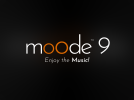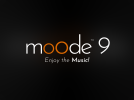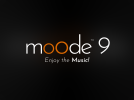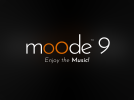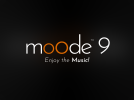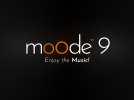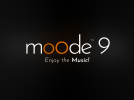Thank you so much for the detailed answers!1. Not possible out of the box
(a) Volume type "Hardware" refers to a locally attached (I2S/USB/HDMI) audio devices internal on-chip hardware volume controller. When you change volume in moode, MPD sends volume commands via ALSA to the audio devices volume controller which then performs the requested volume adjustment using its own internal algorithm.
(b) There is an MPD volume type named "null" or fake volume. This allows setting the volume but has no effect on the output audio stream. It provides a way to adjust volume and then via a custom written software driver, send volume commands to an external audio device. Think of it as a way to do a custom volume proxy. In this case the external audio device has to have an interface that accepts volume commands. Moode doesn't support this MPD volume type because it's an extreme edge case and requires the development of custom driver software.
(c) If you add a S/PDIF HAT then typically you would set moode volume to Fixed (0dB) and then use the downstream audio devices volume control. If instead you want to use moode to control volume, set it to other than Fixed (0dB) then "calibrate" the overall system volume. Do this by turning the downstream devices volume control to 0%, moode volume to 100% and then play some material that represents what you typically listen to. Then gradually turn up the downstream devices volume to the loudest level you would ever listen at. Then reduce moode volume to your typical listening level. This calibration process results in the least amount of attenuation for moode volume to achieve a typical listening volume level.
2. See #1
3. The 3rd party audio renderers in moode including Bluetooth, AirPlay, Spotify Connect, Deezer Connect, Squeezelite, Plexamp and RoonBridge are playback applications that are completely separate from MPD (core moode playback app). These renderers need exclusive control of the playback chain which is why an "overlay" screen appears when they are running.
(a) Moode does support applying DSP either ALSA based or CamillaDSP based on final renderer audio output. You just can't adjust it while the renderer is playing like you can while MPD is playing.
(b) The UPnP Client for MPD renderer is not a separate playback application. It functions as a UPnP media renderer that proxies tracks to MPD for playback.
4. Yes the CamillaDSP Quick Config change takes effect immediately. If you want to confirm that then open the CamillaDSP screen and copy the config named "Flat" to a new config named "Test". Then set Signal processing to Test. Next open the Pipeline editor, click the Filter tab, set Gain to -15 then "Apply and save". Finally, return to the main Playback screen and switch between Test and any other config. You should hear the difference.
5. Volume for the 3rd-party renderers is always controlled by their respective player apps. When a renderer connects, moode automatically sets its own volume to 0dB (no attenuation) to ensure that the overall volume is 0dB when the renderer client app volume is at 100%. CamillaDSP Loudness filter will still work as expected because Camilla is receiving already attenuated volume from the upstream app and since its own volume is configured to 0dB no further change to volume will occur. When a renderer disconnects, moode resets its volume (MPD volume) to the value in its volume Knob.
Regarding #1, if I connect a USB DAC (e.g. something like a MiniDSP Flex or SHD Studio), will the "Hardware" option let me change the volume in Moode and have it reflected on that device's volume? And would CamillaDSP loudness still work since Moode will still know the volume that it is set at?

